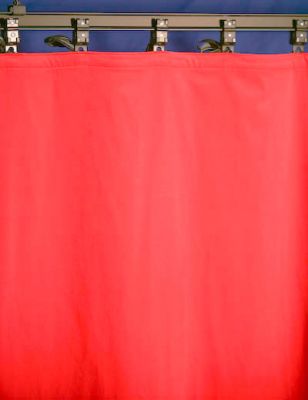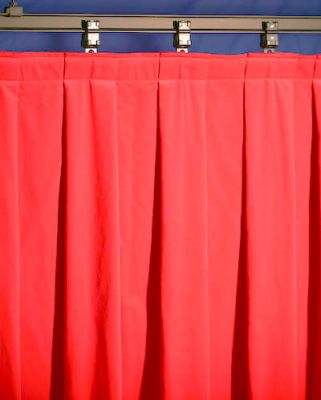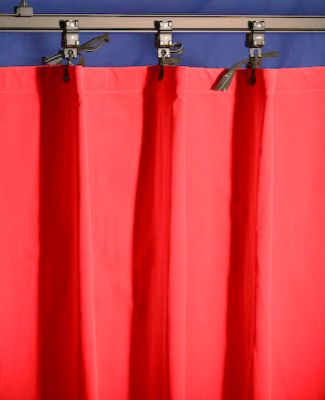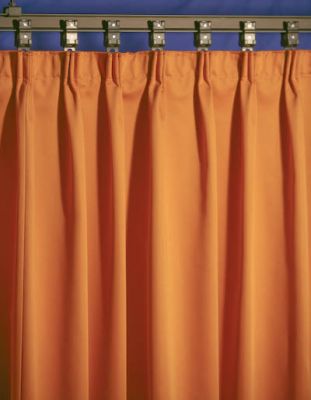How much pleat or fabric allowance do I require?
the fabric- or pleat allowance defines how many metres of material are required for a finished curtain with a width of a metre. A pleat allowance of 100 % means that two metres of material are needed for a curtain a metre wide. The bigger the pleat allowance, the more, tighter and bigger pleats the finished curtain has. In accordance with this, a pleat allowance of 0 % means you get a smooth, pleat free curtain.
Recommended fabric allowances are:
- At least 80 % for fabrics like velour, muslin and molleton
- At least 100 % for main curtains
- At least 200 % for drapery fabrics like voile
| Smooth material without pleats | Box pleats |
| Too small allowances make the resulting curtain look sparse or cheap. If material is fabricated smoothly, stretching the material on all sides is recommended. This is the only way to achieve a result with no unwanted ripples. | This fabrication procedure produces the most exact and beautiful pleats. If curtains are made for mobile use, these pleats also have the advantage of falling smoothly straight away after the curtains are hung, with no further work required. |
 |
 |
Attention when using sidelights or grazing lights and smooth or unstretched fabrics or foils:
If smooth fabrics can’t be stretched, sidelights or grazing lights should be avoided. Light incidence produces shadows and makes even the smallest unevenness very visible. This also applies to foils.
| Laid folds or pencil folds | Automated pleats |
| The term pencil fold was established in household use, where this type of fold was actually made as thin as a pencil. For large curtains, typical for stage use, this kind of fold generally has the width of a pipe rather than of a pencil. The folds are made by connecting two eyelets together. This method of making folds is very efficient. Another advantage is the option of using the curtain as a smooth fabric in mobile applications. | Automated pleats can have various appearances, depending on the type of pleating tape used. The specially weaved tape is sewn flat on to the fabric. Through pulling the cords sewn into the tape, pleats are formed in predefined places with a predefined pleat allowance. |
 |
 |
